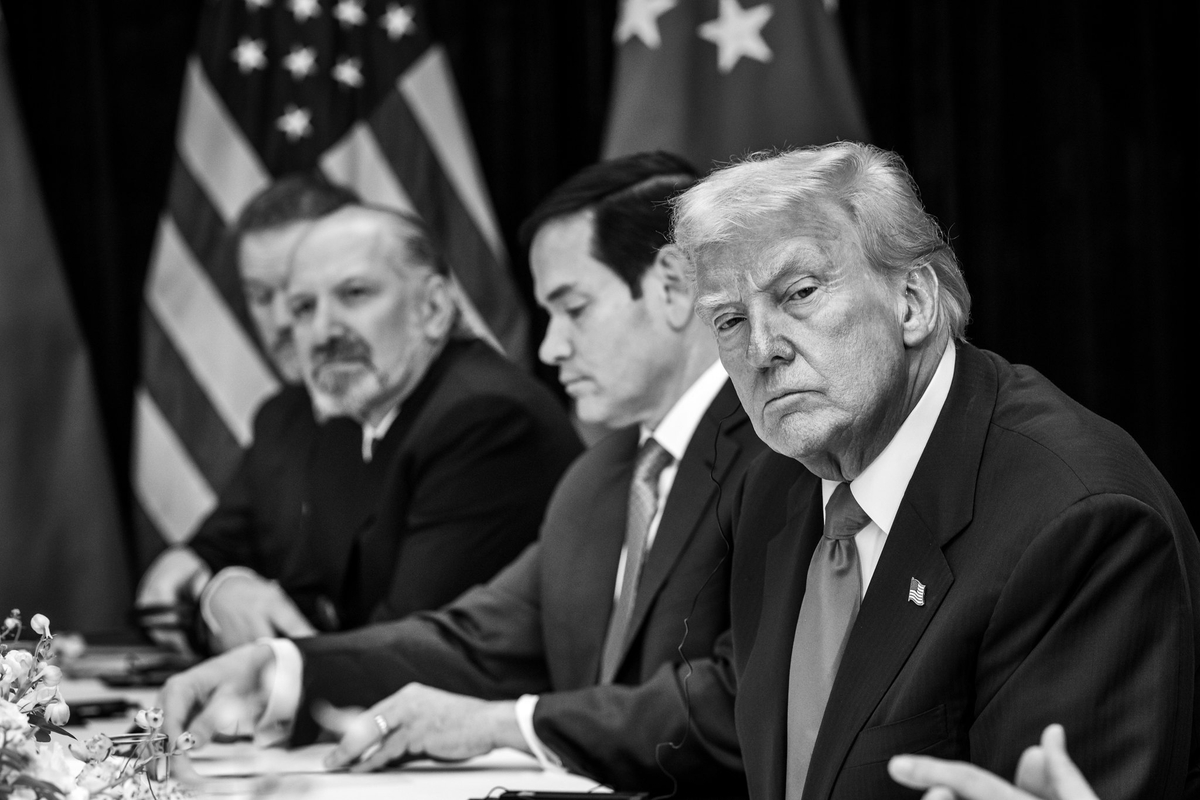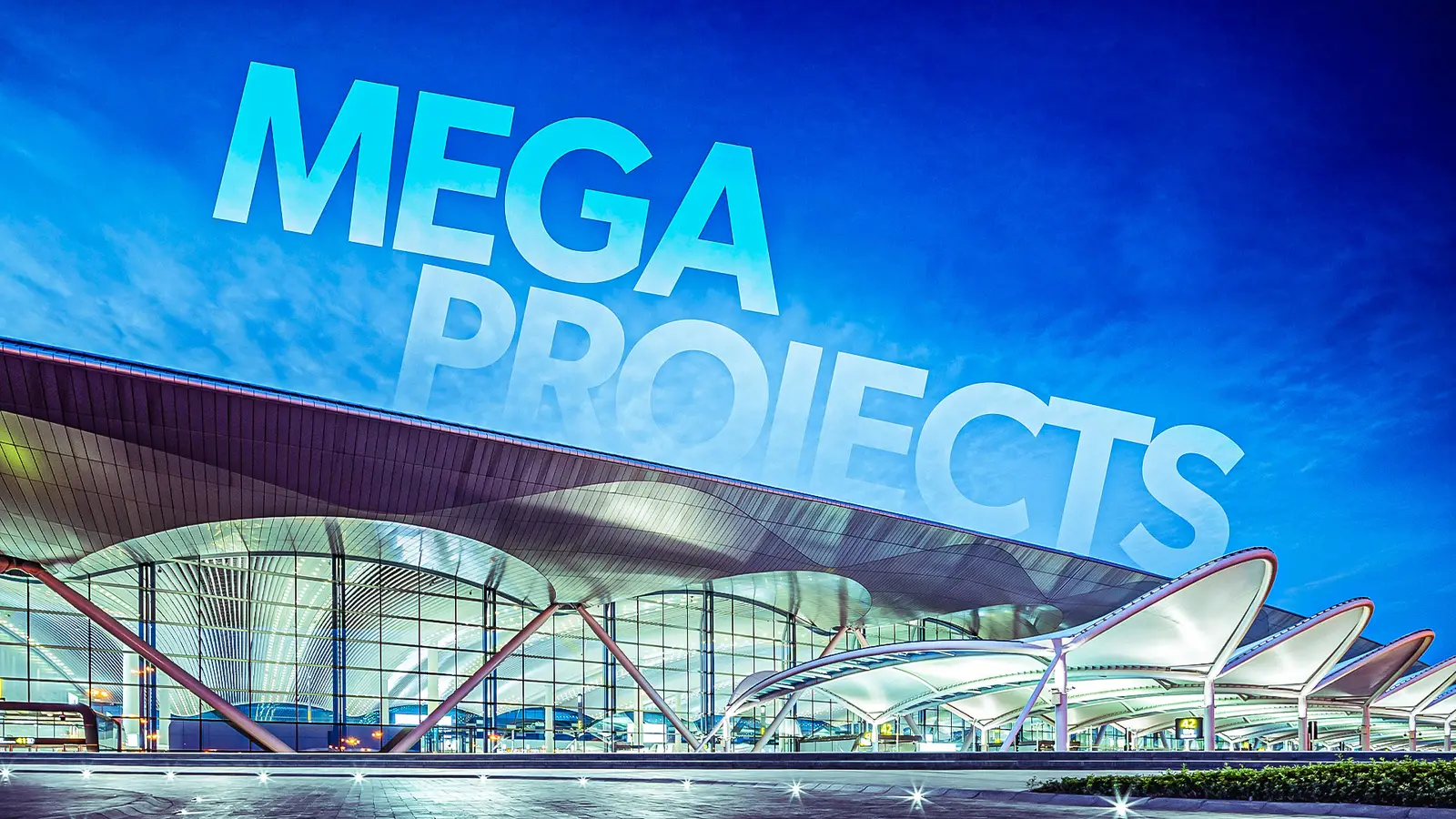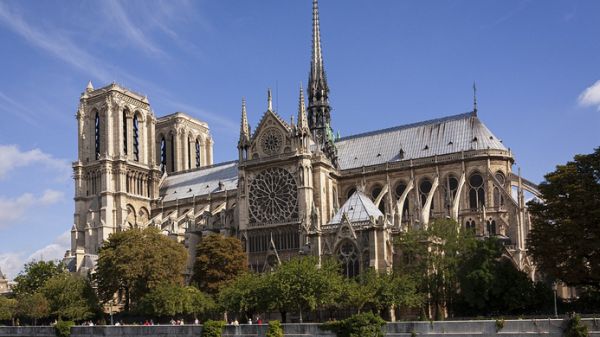Copyright kyivpost

WASHINGTON DC – When President Donald Trump welcomes the five leaders of Central Asia to the White House this Thursday, it will mark a rare moment of diplomatic choreography aimed squarely at reshaping the balance of power across Eurasia. The summit – bringing together Kazakhstan, Kyrgyzstan, Tajikistan, Turkmenistan, and Uzbekistan – comes as Washington’s renewed foreign policy calculus centers on supply chain security, critical minerals, and new transport corridors designed to bypass both Russia and China. For the US, the meeting represents an opportunity to reassert influence in a region long overshadowed by Moscow and Beijing. For Central Asian governments, it is a chance to secure political recognition, investment, and leverage in their delicate balancing acts among great powers. “Some of the Central Asian states have been crying out for more engagement from the US – especially investment and deeper diplomatic engagement,” Andrew D’Anieri, associate director at the Atlantic Council’s Eurasia Center, told Kyiv Post. “If the C5+1 presidential summit can catalyze both of those things, it will be a strategically significant moment for Washington and for Central Asia, as some of them try to rely less on Russia and China,” he added. New test for US strategy in Eurasia US engagement with Central Asia has traditionally come in fits and starts – an episodic focus following crises in Afghanistan or tensions with Moscow, followed by long stretches of diplomatic neglect. Trump’s second-term return to “C5+1” diplomacy – a framework first launched under the Barack Obama administration – signals a desire to transform that pattern into something more enduring. According to senior US officials, the administration hopes to diversify access to energy and minerals, reduce chokepoint risks along Eurasian transit routes, and expand US commercial presence in the region. But much will depend on whether Trump’s summitry translates into sustained commitments or remains largely symbolic. “Washington has a history of showing up when it’s convenient,” one former US diplomat told Kyiv Post. “The question is whether this time will be different.” Russia-China backdrop The summit unfolds against a backdrop of deepening Russia-China coordination in Eurasia. Since Moscow’s invasion of Ukraine, Russia’s economic and logistical ties with its southern neighbors have only grown, as sanctions have forced it to reroute trade through Central Asia. At the same time, China’s Belt and Road Initiative continues to reshape regional infrastructure, anchoring Beijing’s economic dominance from Almaty to Ashgabat. Trump, whose relations with both Vladimir Putin and Xi Jinping remain under scrutiny, faces a delicate balance. While his aides speak of “reducing overdependence” on Moscow and Beijing, few in Washington expect a direct confrontation. “Tough to answer this,” said veteran US diplomat Richard Kauzlarich, who once served as the President’s Deputy Special Representative to the Newly Independent States from 1993-94 during the Bill Clinton administration. “Given Trump’s close relations with Putin and Xi, I can’t imagine he will want to use this meeting to challenge Russian and Chinese interests in Central Asia. He may, however, try to connect the Middle Corridor with the TRIPP Corridor,” Kauzlarich told Kyiv Post. “The US may try to solidify a deal for Kazakh uranium, but I’m not sure the region has much new to offer on the energy front,” he added. Indeed, one senior official familiar with summit preparations said Washington sees “strategic connectivity” – the expansion of transport routes through the South Caucasus and across the Caspian Sea – as the real long-term prize. That corridor, dubbed the “Middle Corridor,” links China to Europe via Central Asia and the South Caucasus, bypassing both Russia and Iran. The Ukraine question How much the summit affects the war in Ukraine remains uncertain. Central Asian leaders have carefully navigated the conflict, refusing to recognize Russia’s annexations but avoiding overt alignment with Kyiv or the West. Trump’s own ambivalence toward Ukraine aid further complicates the picture. “I don’t think the summit will have a significant impact regarding Ukraine,” Kauzlarich said, adding, “It will depend on how Trump feels when he meets the others at the summit.” Still, the optics of bringing five post-Soviet states to Washington – at a time when Kyiv continues to plead for sustained Western support – may carry symbolic weight. Analysts say it could subtly reinforce US engagement across the former Soviet space, even if Ukraine itself is not at the center of the discussion. Domestic optics and personal diplomacy For Trump, the gathering offers more than geopolitics. It lands just as his administration seeks to tout a more business-oriented foreign policy. The White House has hinted at a package of investment incentives for US companies in mining, logistics, and energy. Officials have also floated potential mediation roles for Trump in resolving regional border disputes between Kyrgyzstan and Tajikistan – a move that could burnish his image as a dealmaker abroad. “He needs another war to settle in his quest for a Nobel Peace Prize,” Kauzlarich quipped. Still, experts caution against overstating expectations. “Central Asia’s leaders are pragmatic,” said a Washington-based analyst who has advised multiple administrations. “They’ll take American investment and attention—but they won’t burn bridges with Moscow or Beijing to get it.” A fragile opening Whether Trump’s November 6 summit produces concrete deliverables or fades into the long list of US diplomatic experiments in Central Asia remains to be seen. But in a region where symbolism often matters as much as substance, even the act of convening the C5+1 in Washington sends a message: the US still wants a seat at the Eurasian table. As one senior Central Asian diplomat put it privately: “We don’t expect miracles. But we do expect the US to stay interested this time.”



